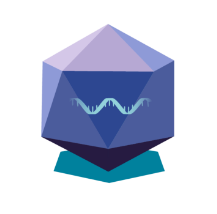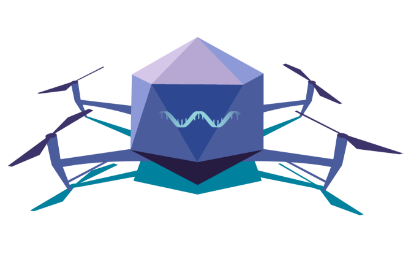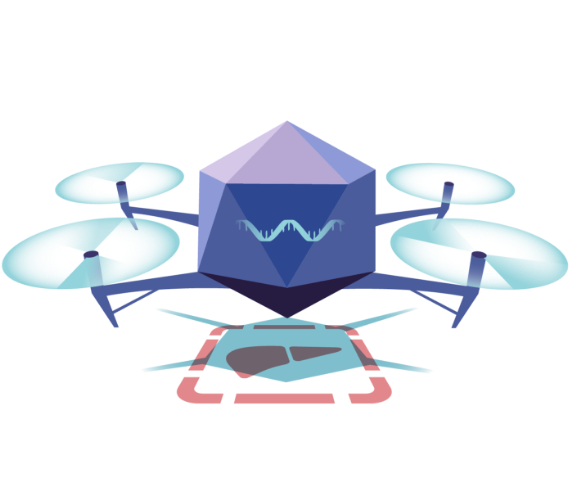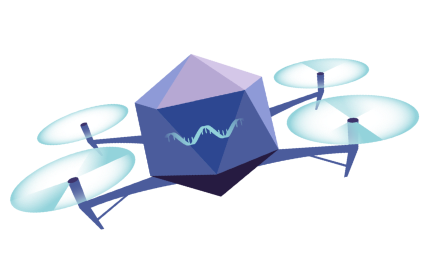There are different approaches and processes to genetic medicine being studied across various
therapeutic
areas today.
Some examples include changing
gene regulation
,
gene transfer or addition, and
Gene regulation
The process of turning genes on and off.
During early development, cells begin to take on specific functions.
Gene regulation ensures that the appropriate genes are expressed at the proper times.
Gene regulation can also help an organism respond to its environment.
Gene regulation is accomplished by a variety of mechanisms, including
chemically modifying genes and using regulatory proteins to turn genes on or off.
gene editing
.
While some approaches like gene editing are being explored in early stage
Gene editing
The goal of gene editing is to remove or correct pieces of DNA within a person’s gene, rather than
replace the gene in the cell with a healthy gene, as gene transfer or addition would do.
clinical research
in hemophilia, most later stage research and
Clinical research
A controlled way to study health and illness in people.
phase III clinical trials
in hemophilia have focused on gene transfer or addition. The content on this website is focused on
this particular approach,
Phase III clinical trials
Usually the last stage of research before a new medicine can be considered
for regulatory approval by an organization like the FDA.
Compared to phase I or phase II clinical trials, phase III
trials usually include more participants to evaluate a medicine’s
efficacy and safety in a larger group.
gene transfer or addition
hereby referred to as gene therapy.
Gene therapy (transfer or addition)
The transfer or addition or genetic material into a cell. Once in the
cell,
a working copy of a gene can help make proteins despite the presence of a faulty or mutated gene.
Why vectors are used
for hemophilia gene
therapy research
Most later-stage gene therapy research for hemophilia is exploring vectors made from a type of virus
called
adeno-associated virus (AAV)
.
AAVs were first used in clinical trials over 20 years ago, and there is growing support for using them
in hemophilia gene therapy.
Adeno-associated virus (AAV)
A single-stranded DNA virus that has not been found to cause disease in humans. It is currently
the most frequently used virus in gene therapy clinical research.
In hemophilia research, the AAV viral DNA is removed and replaced with a healthy gene,
creating a recombinant AAV (rAAV). The rAAV or recombinant adeno-associated virus
is designed to travel in the body and deliver the healthy or functional gene to its target—liver
cells—
where clotting factor can be produced.
AAVs are not known for causing disease and can be found in the environment. In fact, some people will
have already been exposed to them and have developed
neutralizing antibodies (NAbs)
as a result (and some people may not be aware if they have been exposed to AAV during their lifetime).
Neutralizing antibodies (NAbs)
A specific type of antibody, or immune system protein, that defends cells from foreign
substances
like bacteria or viruses that can cause disease. In gene therapy clinical research, individuals
may have neutralizing antibodies to an adeno-associated viral vector, and these may attack and
destroy the vectors before they are able to deliver the healthy gene to the intended cells in
the
body.
In gene therapy clinical trials, some patients have been tested to measure existing
levels of NAbs in the body, and some trials have used the presence of NAbs to include
or exclude certain patients from research.
The potential impact of NAbs on gene therapy efficacy, safety, and length of effect is
an important question that is currently being assessed in research. As the science
evolves, we will learn more about the importance of NAbs and whether NAb testing can
inform patients about their eligibility for different gene therapies.
FIND OUT MORE
Exposure to the rAAV vector through gene therapy may cause the body to produce NAbs, which may impact future dosing.
For more information on these and other considerations, click below.
See Considerations
Back to top








